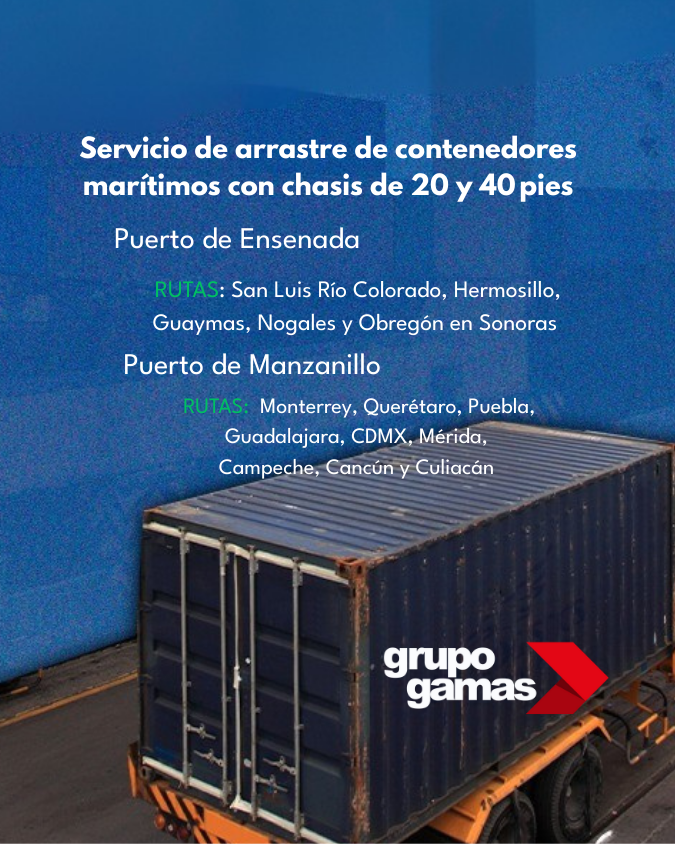
On April 2, 2025, the White House issued a significant executive order affecting low-value imports, especially 321 shipments (under the “de minimis” treatment) coming from China. The measure aims to address trade practices that contribute to trade deficits and the evasion of controls on the importation of synthetic opioids. Below, we outline the key aspects of the order and how the new tariffs will be implemented.
Discover how the new Executive Order impacts Section 321 shipments, China trade, and global logistics. Key insights for importers and exporters.
Key Details of the Executive Order
The executive order establishes several important changes for imports to the U.S. These are the most relevant:
End of “De Minimis” Treatment for Shipments from China (Section h): As mentioned earlier, the “de minimis” benefit that allows duty-free entry for low-value shipments (up to $800) will remain in place until the Secretary of Commerce notifies the President that the customs systems are ready to process and collect the corresponding tariffs. Once this occurs, this benefit will be eliminated for items described in section (a) of the executive order. Key Text from Section h:
This change is particularly relevant for shipments coming from China and Hong Kong, marking the end of “de minimis” treatment for those products.
New Tariff Structure for Postal and Non-Postal Shipments: On April 2, 2025, the President of the United States issued an additional executive order establishing a differentiated tariff structure for postal and non-postal shipments, significantly impacting imports from China.
Non-Postal Shipments (e.g., couriers like FedEx and UPS): All shipments made via private couriers must be processed formally through the Automated Commercial Environment (ACE) system. In addition, all relevant duties must be paid in advance. This includes a new additional tariff of 10% on the value of imported goods, which will affect all imports, including those from China. Key Text from Section a:
This 10% additional tariff will be applied globally but will particularly affect shipments that previously benefited from “de minimis” treatment, such as many products from China.
International Postal Shipments: For postal shipments from China, carriers will need to choose between two customs treatment options:
- A 30% ad valorem duty (based on the value of the item).
- A fixed charge of $25 per item until June 1, 2025. After that date, this fixed charge will increase to $50 per item. These measures will be implemented to ensure that all products, regardless of origin, are subject to the new tariffs under the updated regulations.
Customs Enforcement Measures Enforcement of the new regulations will be strengthened through strict control and verification measures:
- Obligations for Postal Shipment Carriers: Postal carriers will be required to report volumes and values of items to Customs and Border Protection (CBP). This information will be used to ensure the correct tariffs are applied and that new standards are met. Additionally, carriers must maintain bonds to ensure the payment of the applicable duties for each shipment. This requirement is aimed at ensuring that all duties are properly paid before products can be imported.
CBP Authority to Require Formal Entry: CBP will have the authority to require shipments to undergo formal entry if they are deemed suspicious, even if those shipments are subject to the new tariffs established in the executive order. This means that if there are concerns about the legitimacy or compliance of a shipment, authorities can intervene and apply the standard import procedure, which includes reviewing the applicable duties.
Implications for International Trade:
- Direct Impact on China: The measure has an immediate impact on China, which is the first country officially affected by the elimination of the “de minimis” regime and the application of new tariffs. Starting May 2, 2025, products from China that previously could enter the U.S. duty-free (if under $800) will now be subject to the new tariffs. This mainly affects small e-commerce imports and international postal shipments.
- Restriction on 321 Shipments (“De Minimis”): The end of the “de minimis” regime and the implementation of these new tariffs will have a direct impact on cross-border e-commerce. Companies that previously shipped small and inexpensive products from China will no longer be able to benefit from duty exemptions. This will change both operational costs and transit times, primarily affecting retailers and businesses relying on international fulfillment models.
- Impact on Supply Chains: As the benefits of “de minimis” are removed, transportation and fulfillment costs will rise significantly. Companies must quickly adapt to these changes to remain competitive in the global market. Additionally, the increase in compliance costs may prompt some retailers to reconsider their supply chains and explore new logistics alternatives.
Future Restrictions on Goods from Mexico and Canada: Although the April 2025 executive order does not establish specific restrictions for Mexico or Canada, the changes implemented for China provide insight into how similar restrictions could be applied in these countries in the future. The extension of these restrictions will depend on the trade and security objectives the U.S. government decides to pursue, so companies should be prepared for the possibility of additional tariffs or new regulations in the near future.
Recommended Immediate Actions:
- Vulnerability Mapping: It is crucial for companies to identify the HTS Codes and logistics routes most affected by the new tariffs. This will allow them to adjust operations and avoid unexpected costs.
- Developing Solutions: Restructuring supply chains to reduce reliance on Chinese products, consolidating freight to optimize costs and comply with new tariffs, and reviewing international fulfillment models to adapt to changing customs regulations.
Conclusion The U.S. executive order has a direct impact on low-value imports from China and other regions. The elimination of “de minimis” treatment and the implementation of new tariffs will affect many businesses that depend on small, inexpensive imports. While current restrictions do not extend to Mexico or Canada, companies should be prepared for the possibility of these measures being implemented in the future. The key to adapting to these changes will be maintaining flexibility in logistics and customs strategies.
Grupo Gamas is ready to assist with any questions or guidance you may need to navigate these changes and ensure your business remains compliant and efficient. Contact us today to discuss how we can support your operations.
Victor André Gamas Mayer
Managing Director, Grupo Gamas | victorandre@gamas.com.mx













